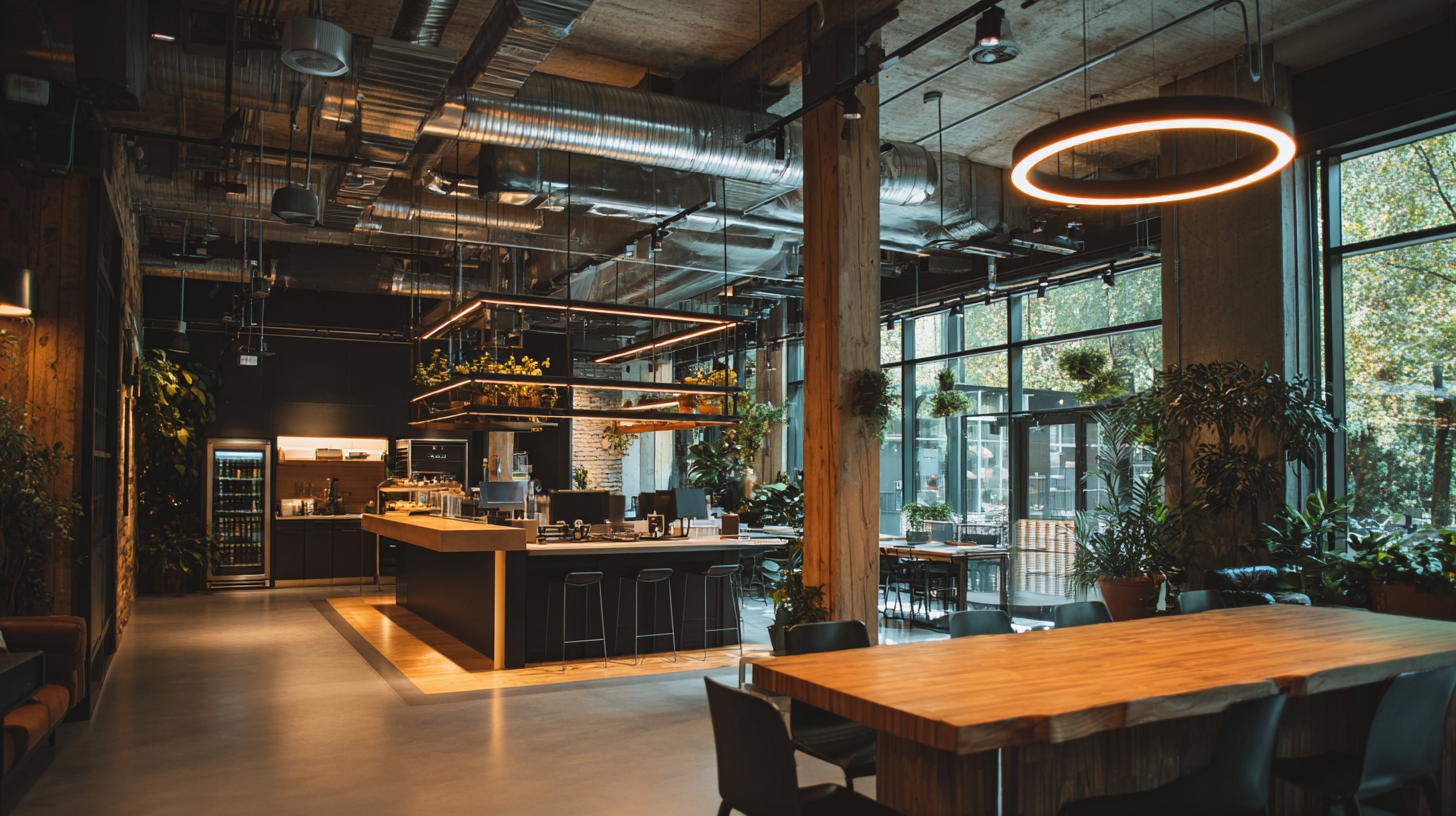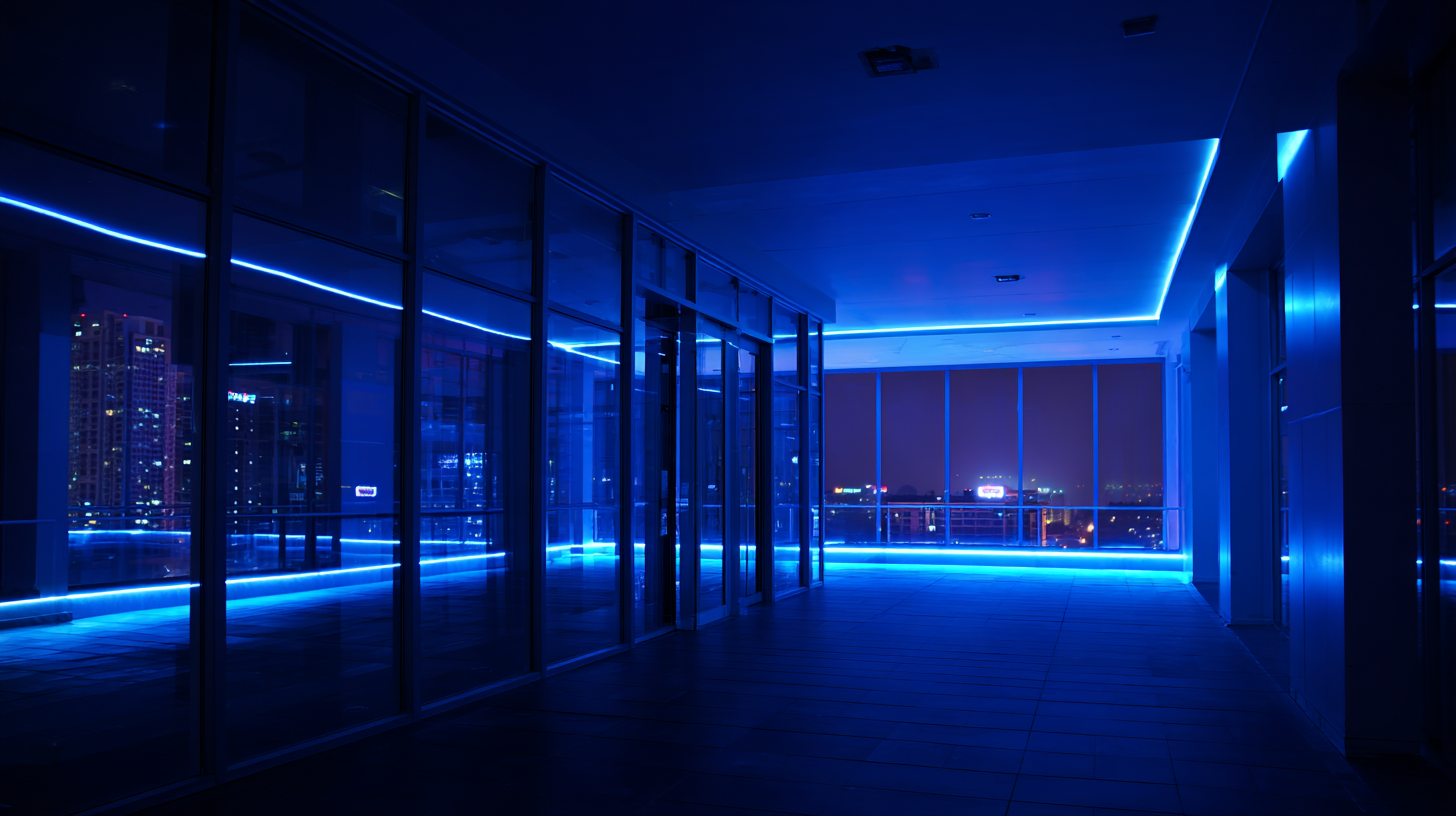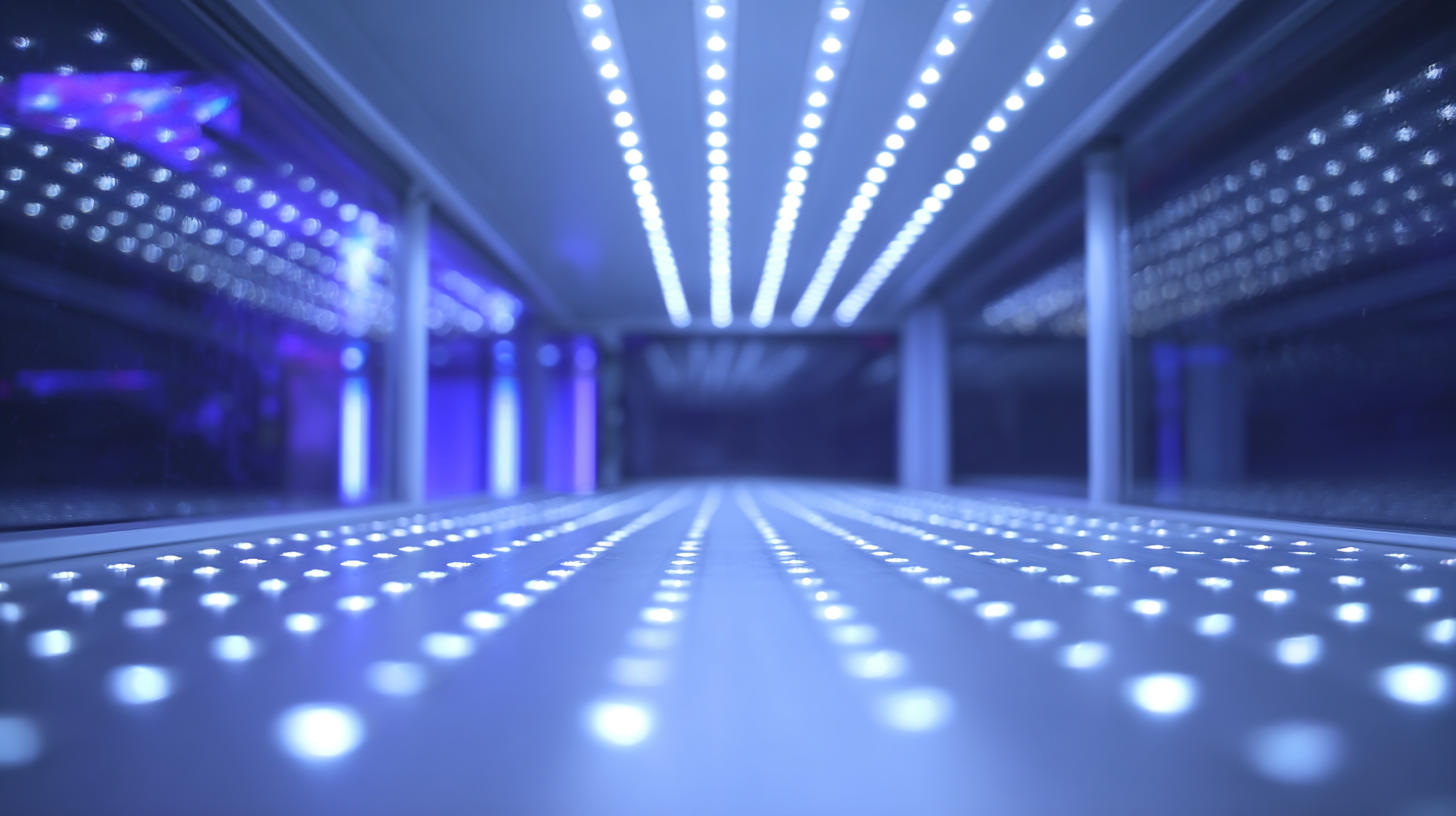How to Choose the Best LED Lighting System for Your Business Needs
In the rapidly evolving business landscape, selecting the ideal LED lighting system has become a fundamental decision that can significantly influence operational efficiency, employee productivity, and overall energy costs. According to a report by the U.S. Department of Energy, LED lighting systems use at least 75% less energy and last 25 times longer than incandescent lighting. As businesses increasingly seek sustainable solutions, the global LED lighting market is projected to grow from $51.8 billion in 2020 to $105.4 billion by 2026, indicating a clear shift towards energy-efficient technologies. However, with numerous options available, understanding the various features, benefits, and potential drawbacks of different LED lighting systems is crucial for making an informed decision that aligns with specific business needs.

Understanding Your Business Lighting Requirements
When selecting the best LED lighting system for your business, it is crucial to understand the specific lighting requirements that cater to your operational needs. The demand for commercial LED lighting is projected to grow, with the European LED lighting market anticipated to expand at a remarkable compound annual growth rate (CAGR) of over 15.5% from 2018 to 2024. This surge reflects a shift towards energy-efficient lighting solutions that not only reduce operational costs but also enhance workplace productivity and ambiance.
Equally significant is the dimmer switch market, which presents various types of dimmers including rotary, push-button, touch, and automatic dimmers. The adaptability of these dimmers in different applications — whether in home or commercial settings — supports the growing trend of personalized lighting solutions. By 2033, the residential LED strip market is expected to reach approximately $219.14 million, highlighting the increasing inclination toward customized and efficient lighting settings. As businesses evaluate their lighting choices, recognizing these trends and the associated market growth can greatly influence their decision-making process, ensuring they invest in systems that not only illuminate but also adapt to their evolving needs.
Types of LED Lighting Systems: Which Is Right for You?
When deciding on the right LED lighting system for your business, understanding the various types available is crucial. The most common types include LED panel lights, tube lights, high-bay lights, and downlights. According to a report by the U.S. Department of Energy, commercial buildings can save about 40% on energy costs by switching to LED lighting, which makes evaluating options even more pressing for businesses seeking cost efficiencies.
LED panel lights are ideal for offices and retail spaces due to their sleek design and even light distribution. In contrast, high-bay lights are optimal for warehouses and gymnasiums where ceiling heights are significant. Tube lights offer versatility and are often used in commercial kitchens and garages. A study by MarketsandMarkets projects that the global LED lighting market will reach $143.56 billion by 2028, indicating a growing trend that businesses can tap into for both sustainability and cost savings.
Ultimately, selecting the right LED lighting system will depend on your specific business needs, such as the physical space, desired ambiance, and energy efficiency goals. Engaging with a professional lighting consultant can help navigate these choices, ensuring that you invest in the most suitable system for your operations.
Comparison of Different Types of LED Lighting Systems for Business Needs
This chart compares the energy efficiency of various LED lighting systems available for businesses. The values represent the energy consumption rate measured in watts per 1000 lumens output, providing insight into which system might be most suitable for different business needs.
Evaluating Energy Efficiency and Cost Savings
When selecting an LED lighting system for your business, energy efficiency and cost savings should be at the forefront of your decision-making process. Recent studies emphasize the importance of comprehensive energy assessments and highlight the potential for significant savings through optimized lighting solutions. For instance, businesses can leverage current technologies and methodologies designed to evaluate the total cost of ownership and energy usage effectively. This approach ensures that every aspect of energy consumption is analyzed, revealing where substantial reductions in operating costs can be achieved.

Additionally, comparing LED systems to traditional lighting reveals a consistent trend: LED solutions not only consume less energy but also provide longer lifespans, which translates into lower maintenance costs over time. As seen in various sectors, from recycling mills to high-performance buildings, targeted energy-saving measures are crucial in driving down costs while enhancing overall efficiency. Embracing an LED lighting system therefore not only meets sustainability goals but can also position a business for financial savings that accumulate over the product's lifetime, reinforcing the case for making informed and savvy investments in energy-efficient technology.
Key Features to Look for in LED Lighting Solutions
When selecting the best LED lighting system for your business, it's crucial to focus on key features that align with your operational needs. The recent advancements highlighted at SID 2025 emphasize the versatility of Micro LED applications, showcasing how these innovations can enhance brightness and energy efficiency. For businesses, energy savings is paramount; research indicates that transitioning to LED lighting can reduce energy consumption by up to 75%, a significant factor for industries looking to cut down on operational costs.
**Tips**: Consider the color temperature of the LEDs, as it affects ambiance and productivity. A cooler light (5000K and above) is often recommended for task-oriented environments, while warmer tones (2700K to 3000K) create a more comfortable setting for relaxation areas.
Another important aspect is the lumen output relative to the space. For commercial and industrial applications, selecting products with suitable lumen levels ensures adequate lighting without excess energy expenditure. Stay informed about emerging trends in the lighting market; the e-commerce sector for lighting is expected to grow at a CAGR of 6%, indicating a shift towards more accessible and innovative lighting solutions tailored for specific applications, such as residential or outdoor settings.
**Tips**: Always opt for products with high energy efficiency ratings, as these not only contribute to sustainability goals but also improve your bottom line over time.

Top Brands and Products for Business LED Lighting
When selecting an LED lighting system for your business, focusing on top brands and products can significantly enhance your lighting efficiency and reduce costs. According to the U.S. Department of Energy, LED lighting can reduce energy consumption by up to 75% compared to traditional incandescent bulbs. Brands like Philips, GE, and Cree are leading the market by offering high-quality LED solutions tailored for commercial use. Philips offers the “HUE” smart lighting system, enabling businesses to adjust lighting remotely and optimize energy savings, which can result in decreased operational costs.
Furthermore, it’s essential to consider product durability and warranty. GE’s LED lamps boast an average lifespan of 25,000 hours, meaning less frequent replacements and lower maintenance costs. A report from the Lighting Research Center highlights that proper LED lighting can also improve employee productivity by creating a better work environment. Brands such as Sylvania and Osram are investing heavily in innovative technologies like tunable white lighting, which allows businesses to adjust color temperatures throughout the day, aligning lighting with circadian rhythms. Choosing the right brand combined with modern products can ultimately lead to improved workplace efficiency and long-term savings.
How to Choose the Best LED Lighting System for Your Business Needs
| Lighting Type | Lumen Output | Color Temperature (K) | Energy Consumption (W) | Average Lifespan (Hours) | Suitable Applications |
|---|---|---|---|---|---|
| LED Panel Lights | 3500 - 5000 | 3000 - 6500 | 40 - 60 | 50,000 | Offices, Retail |
| LED High Bay Lights | 10,000 - 25,000 | 4000 - 5000 | 100 - 150 | 50,000 | Warehouses, Factories |
| LED Flood Lights | 3000 - 40,000 | 5000 - 6000 | 100 - 300 | 50,000 | Outdoor, Sports Fields |
| LED Tube Lights | 900 - 2200 | 3000 - 5000 | 10 - 24 | 50,000 | Retail, Offices, Kitchens |

